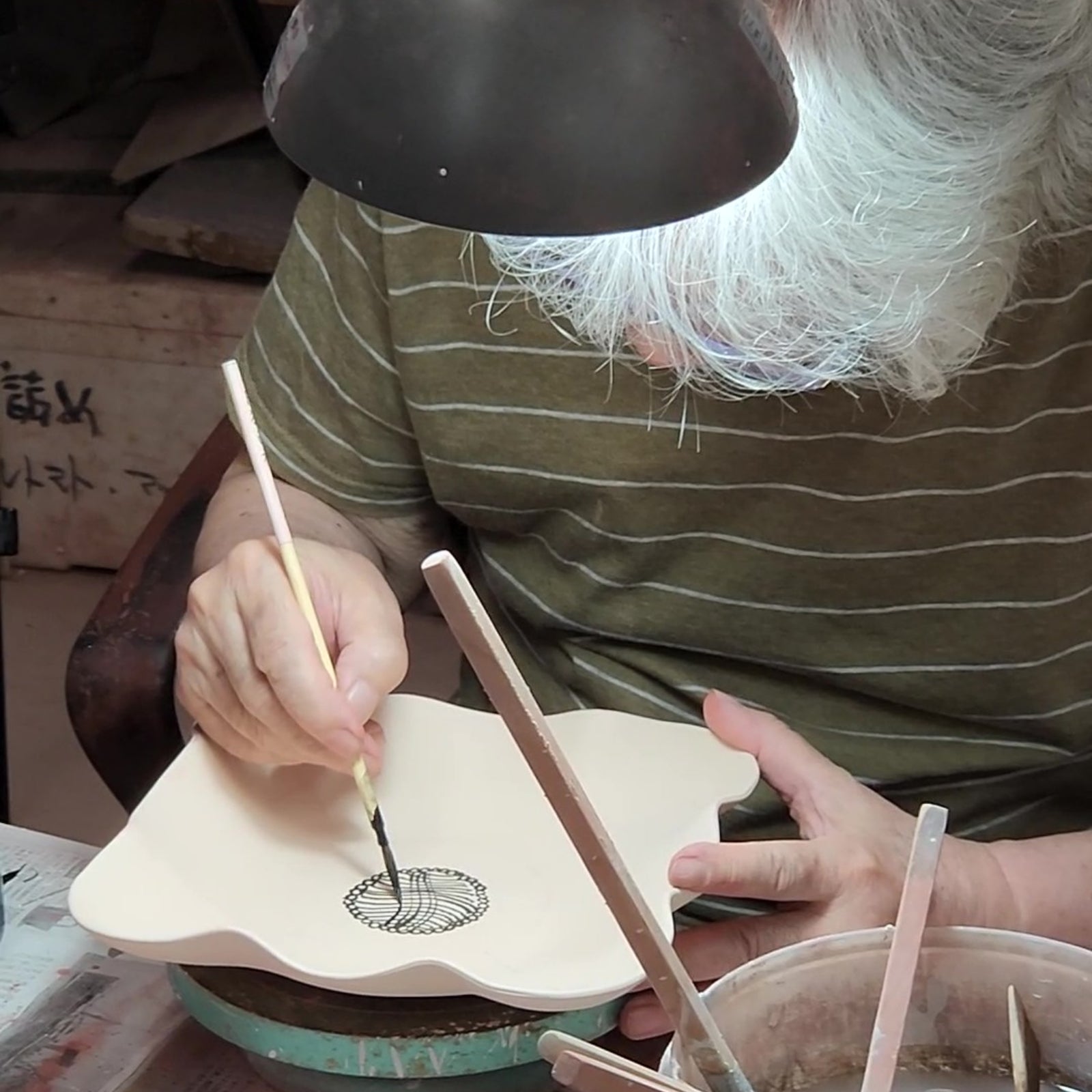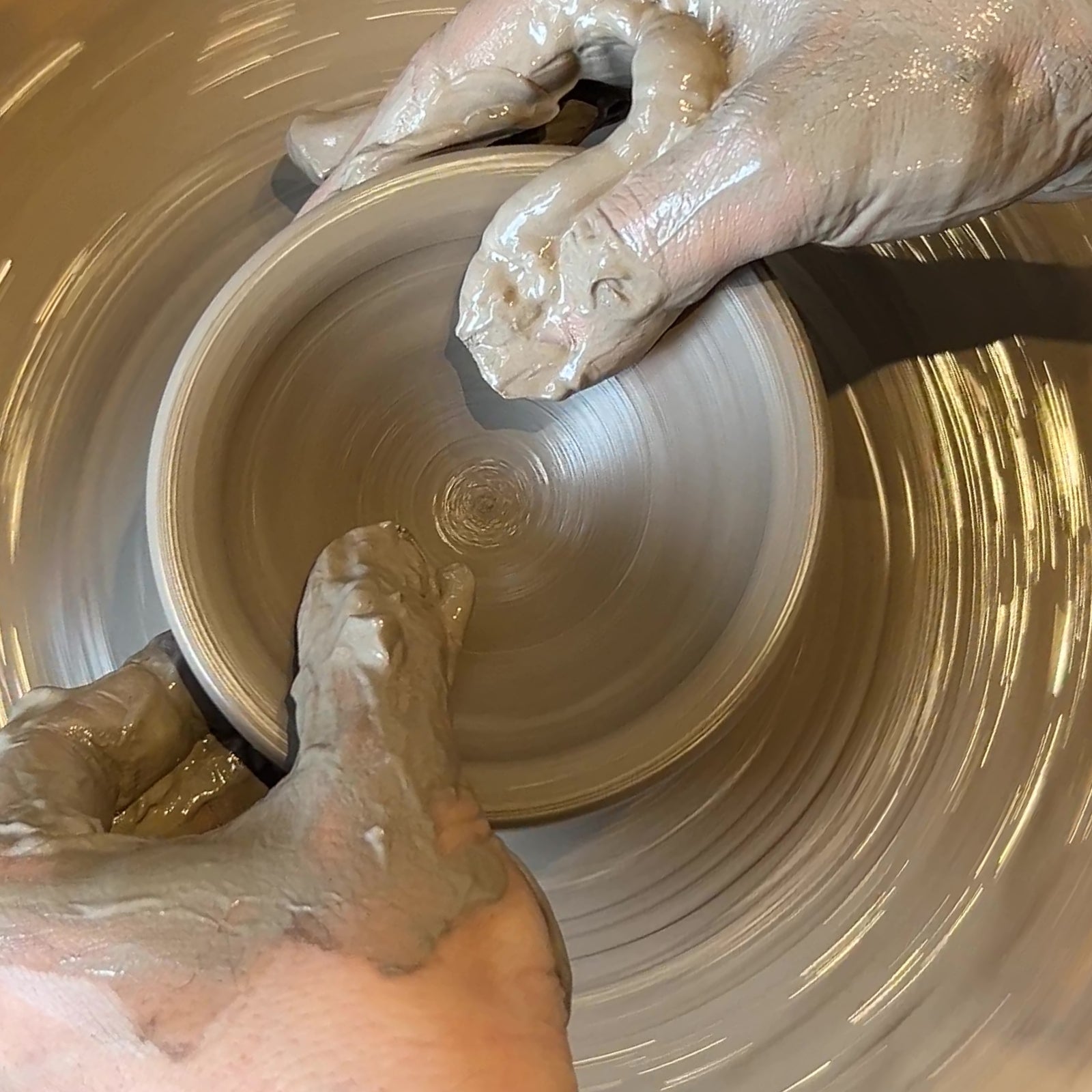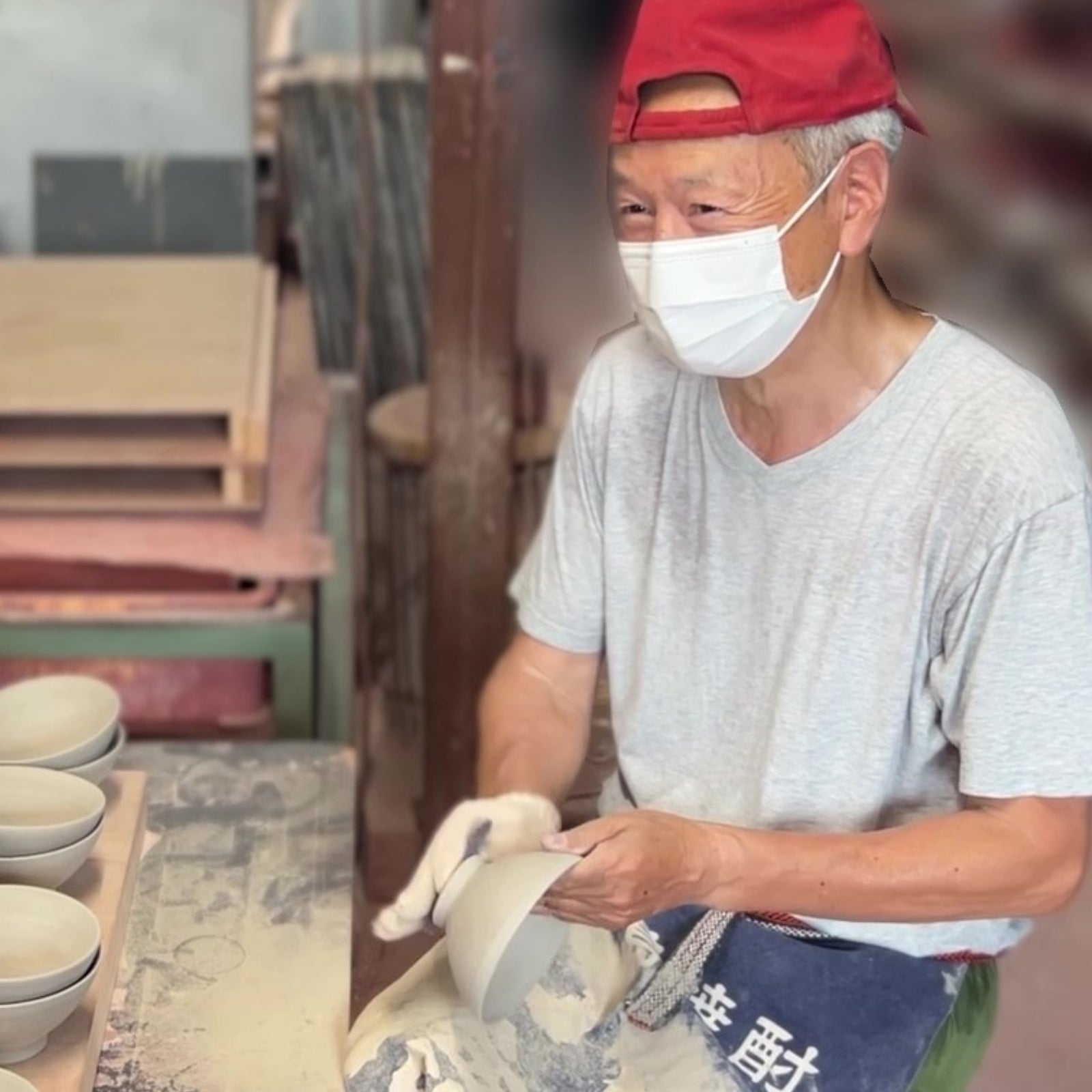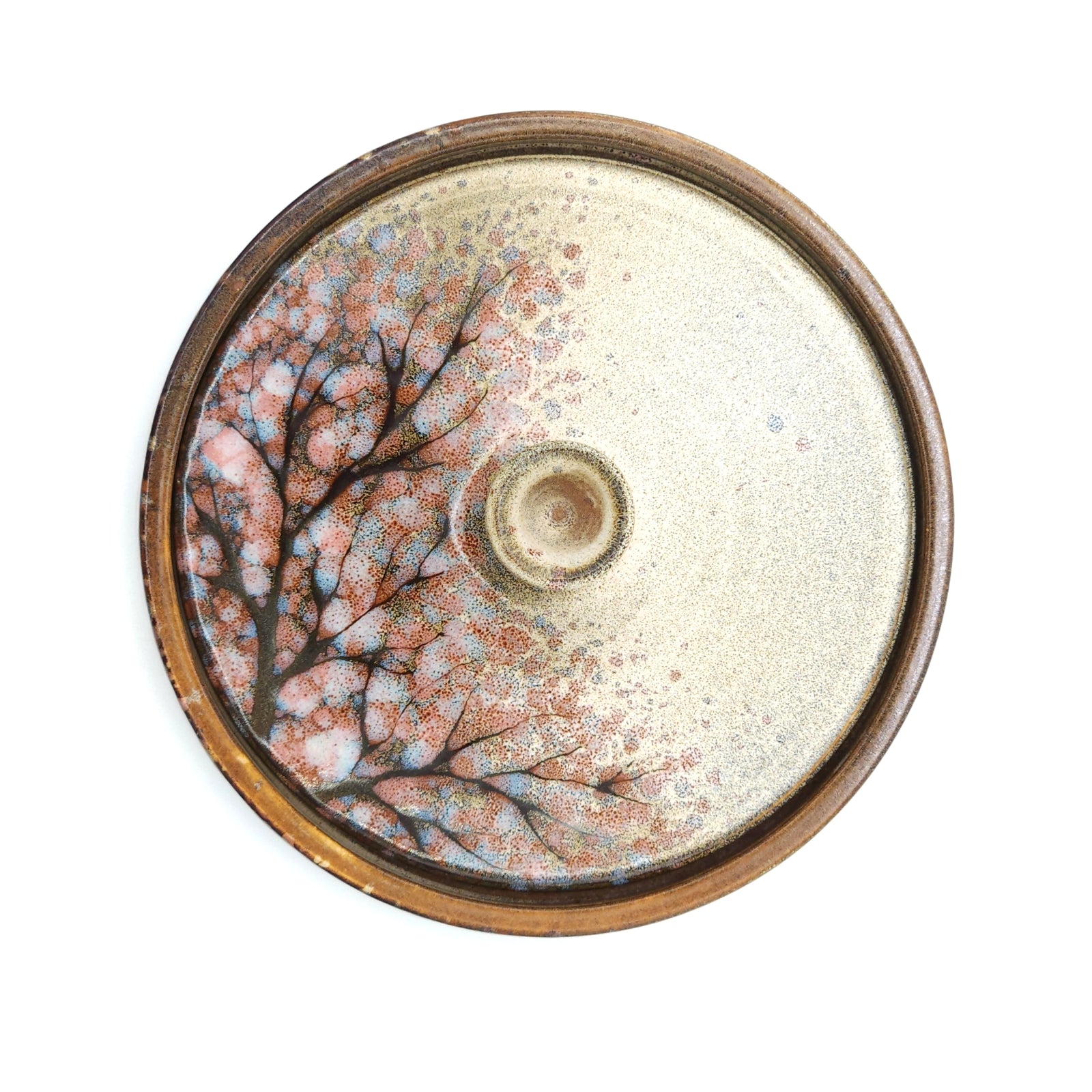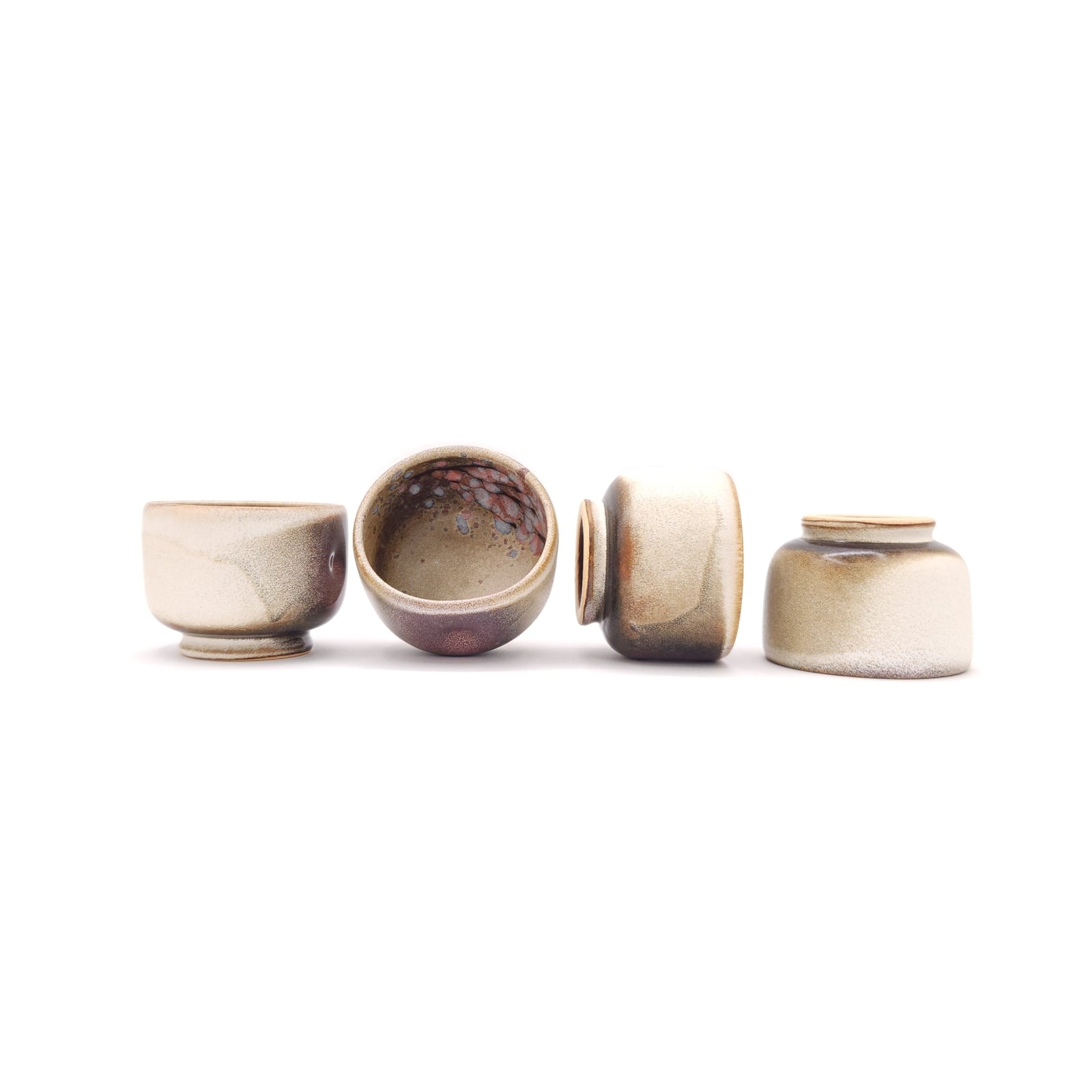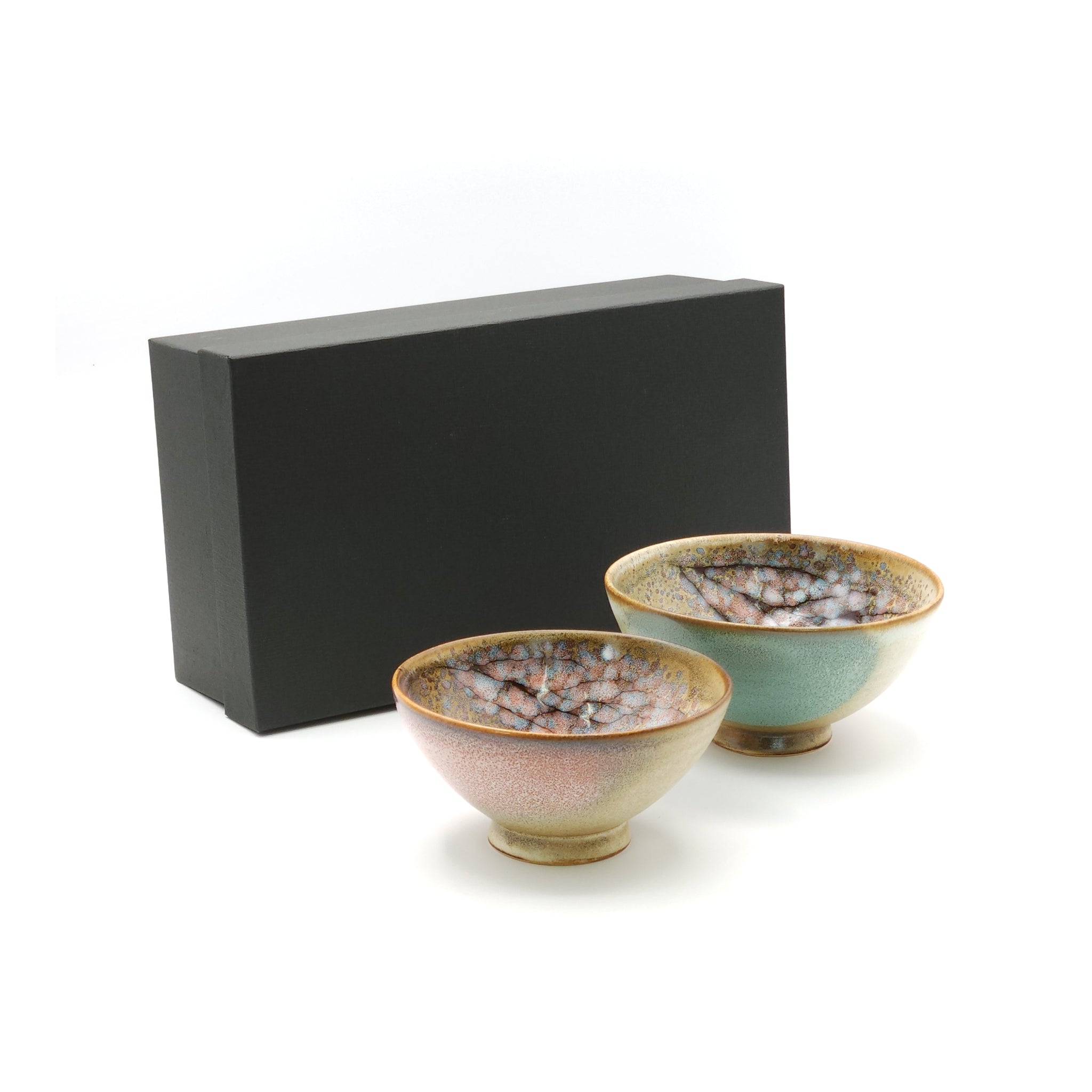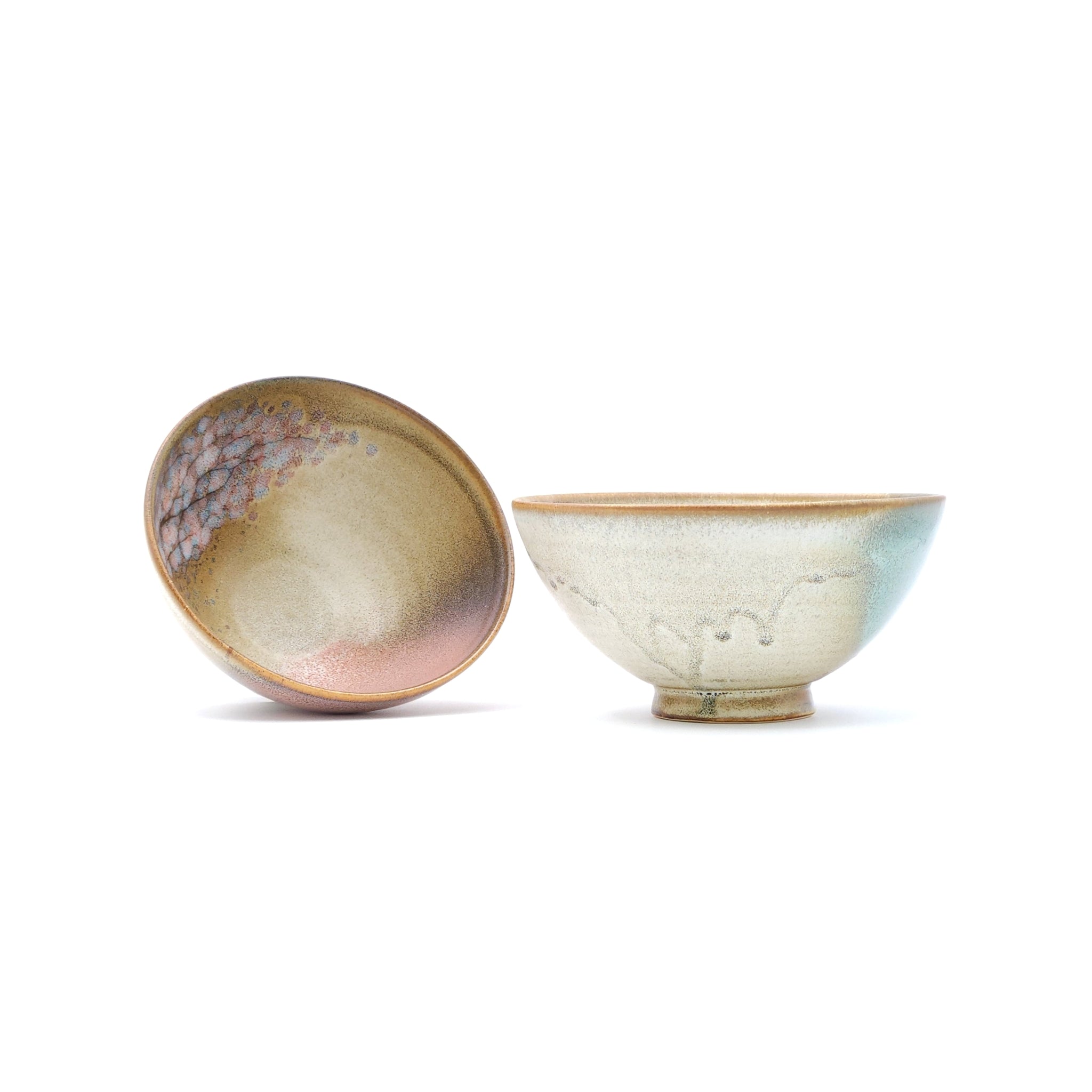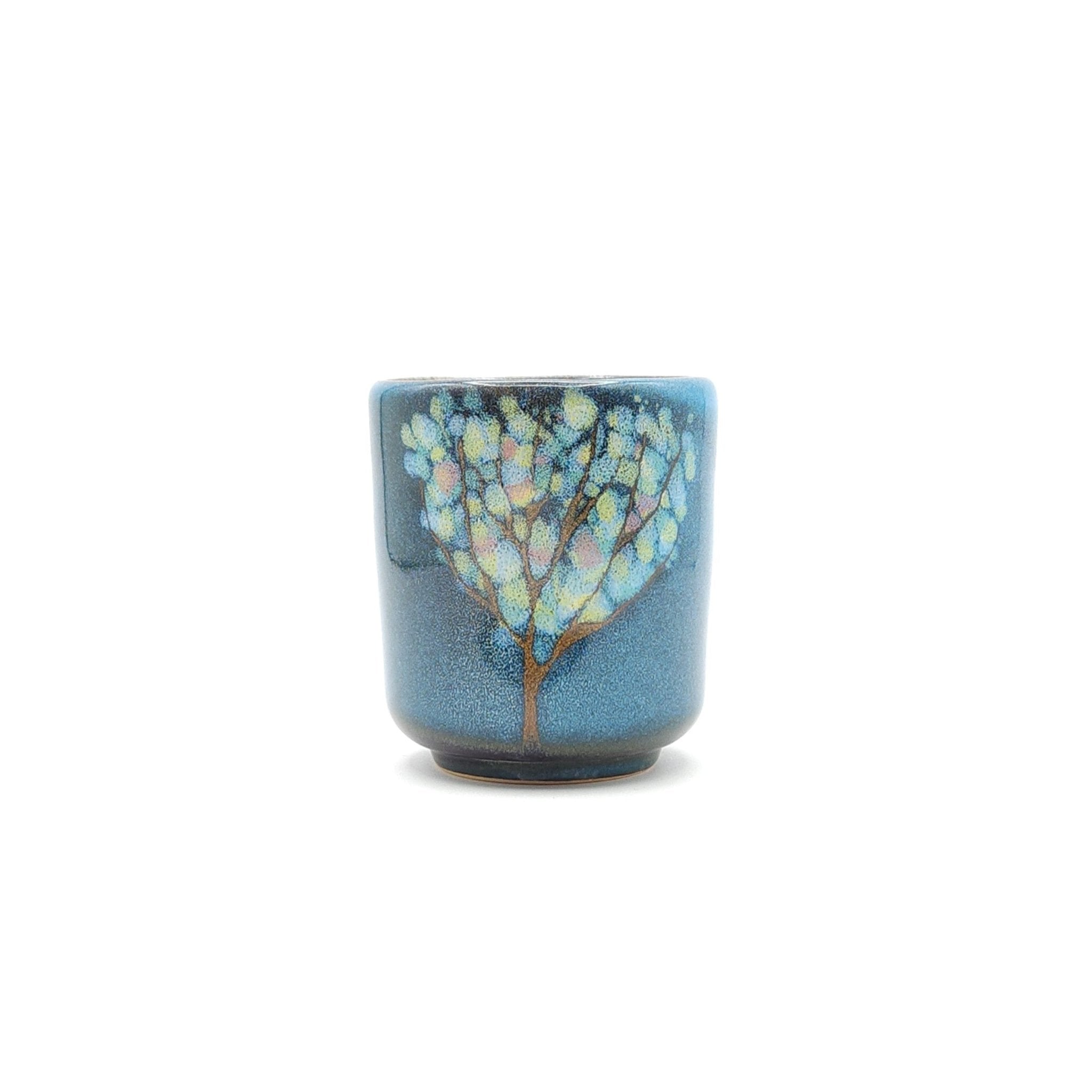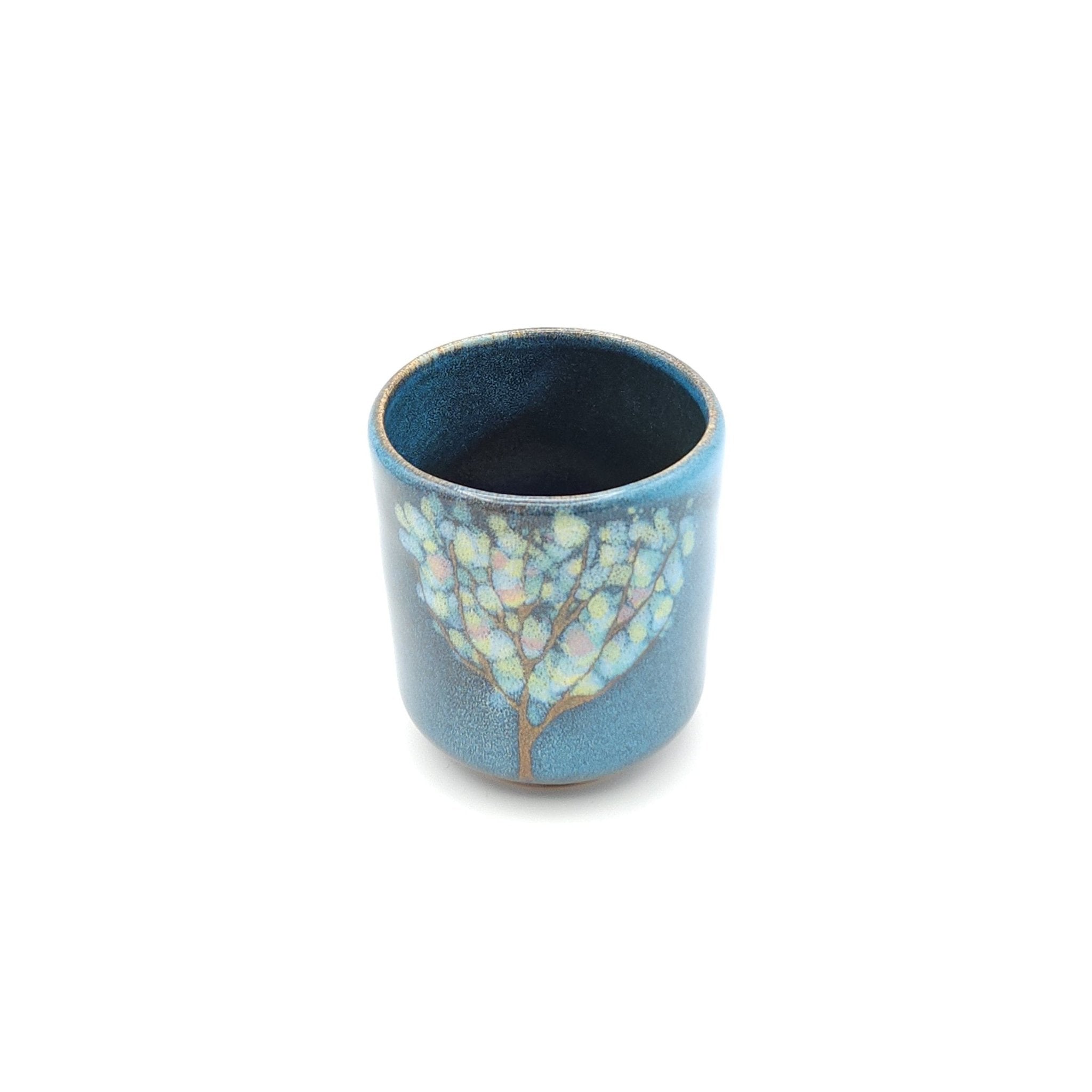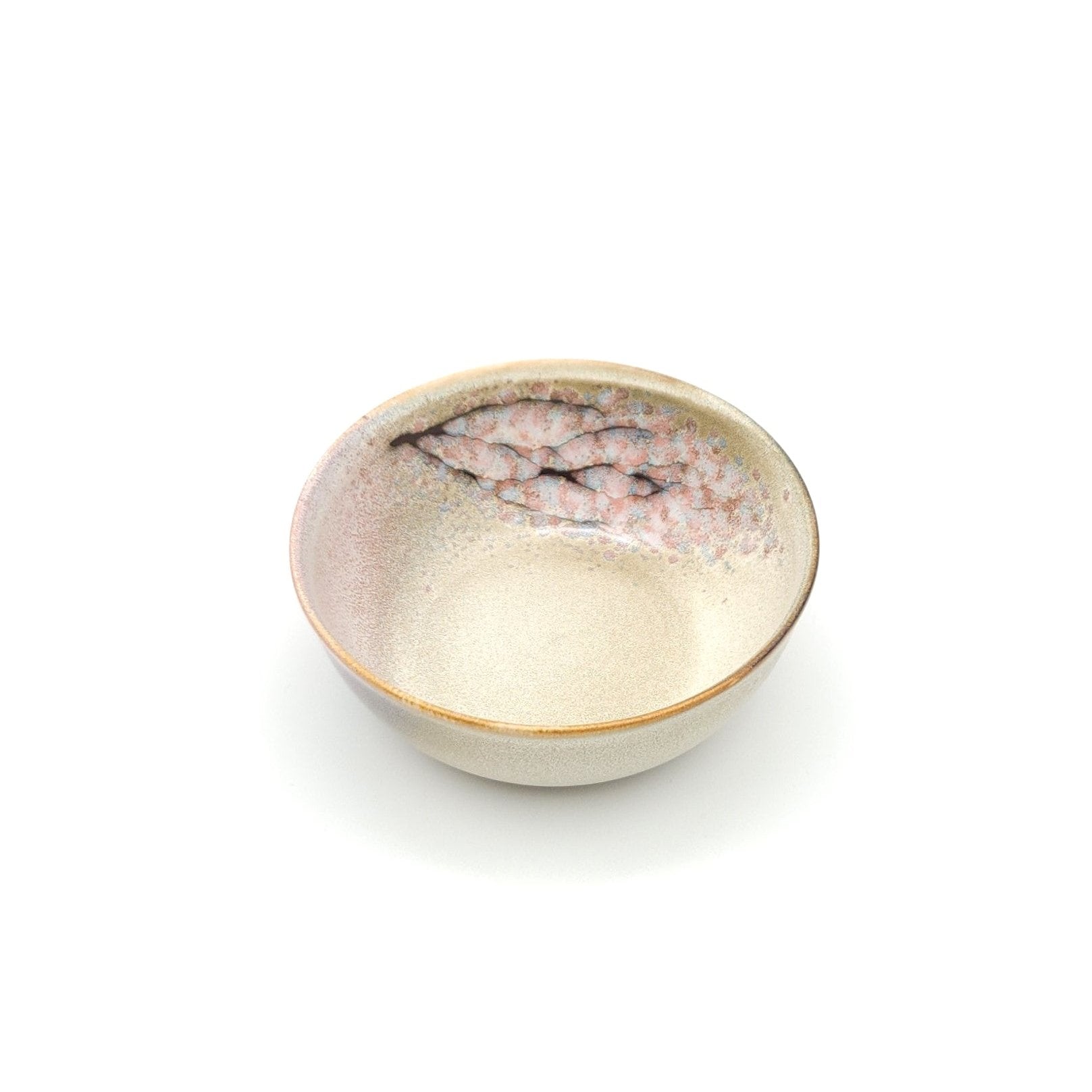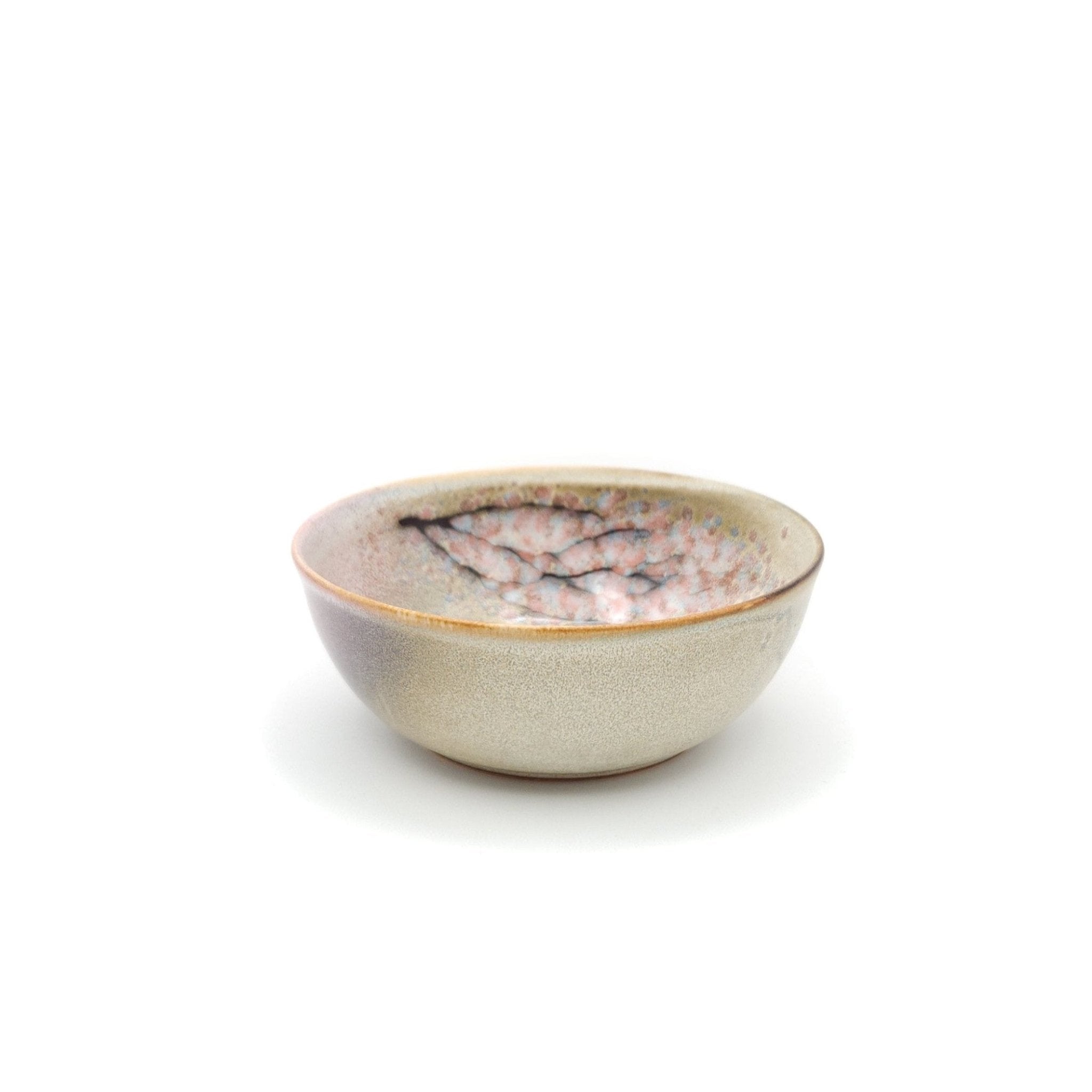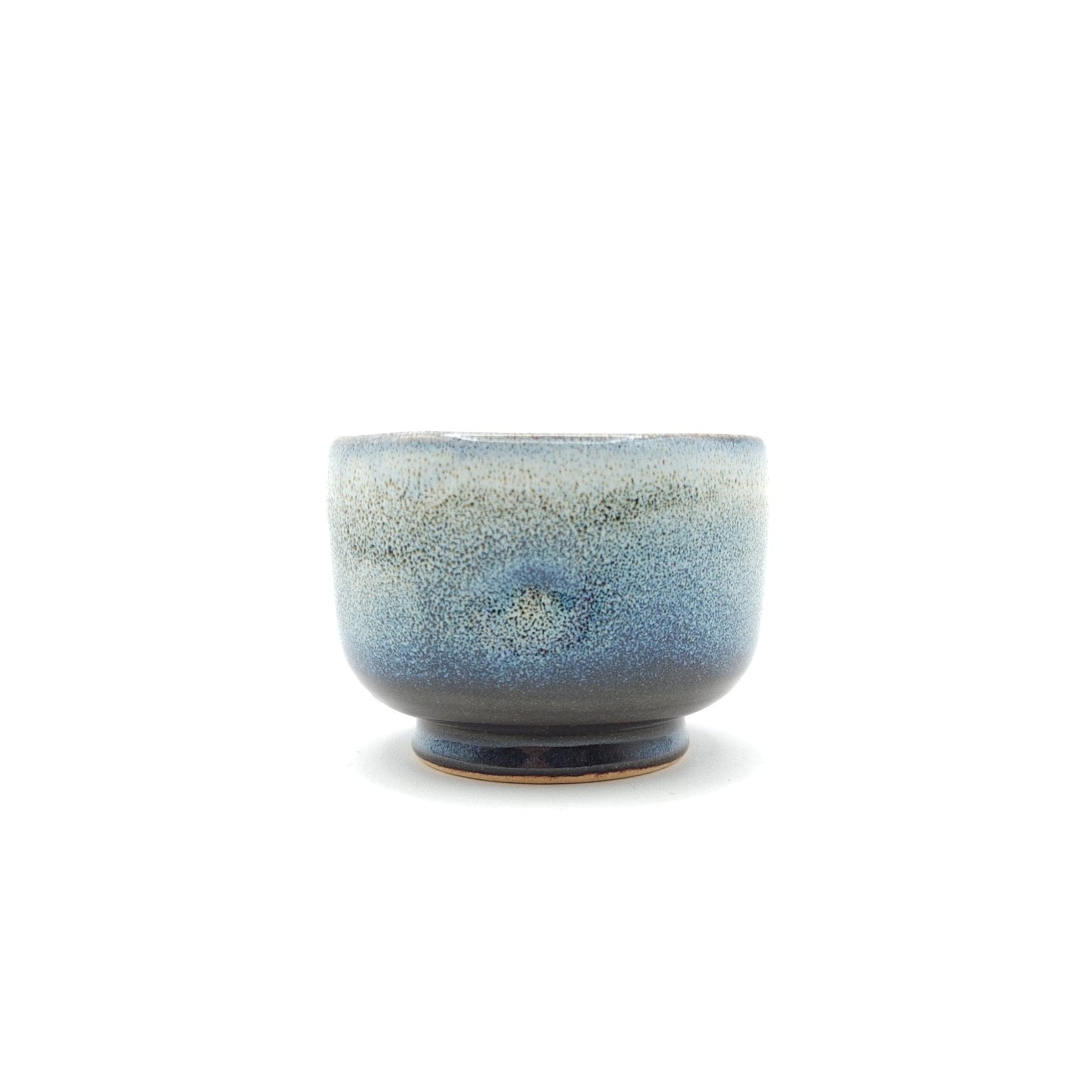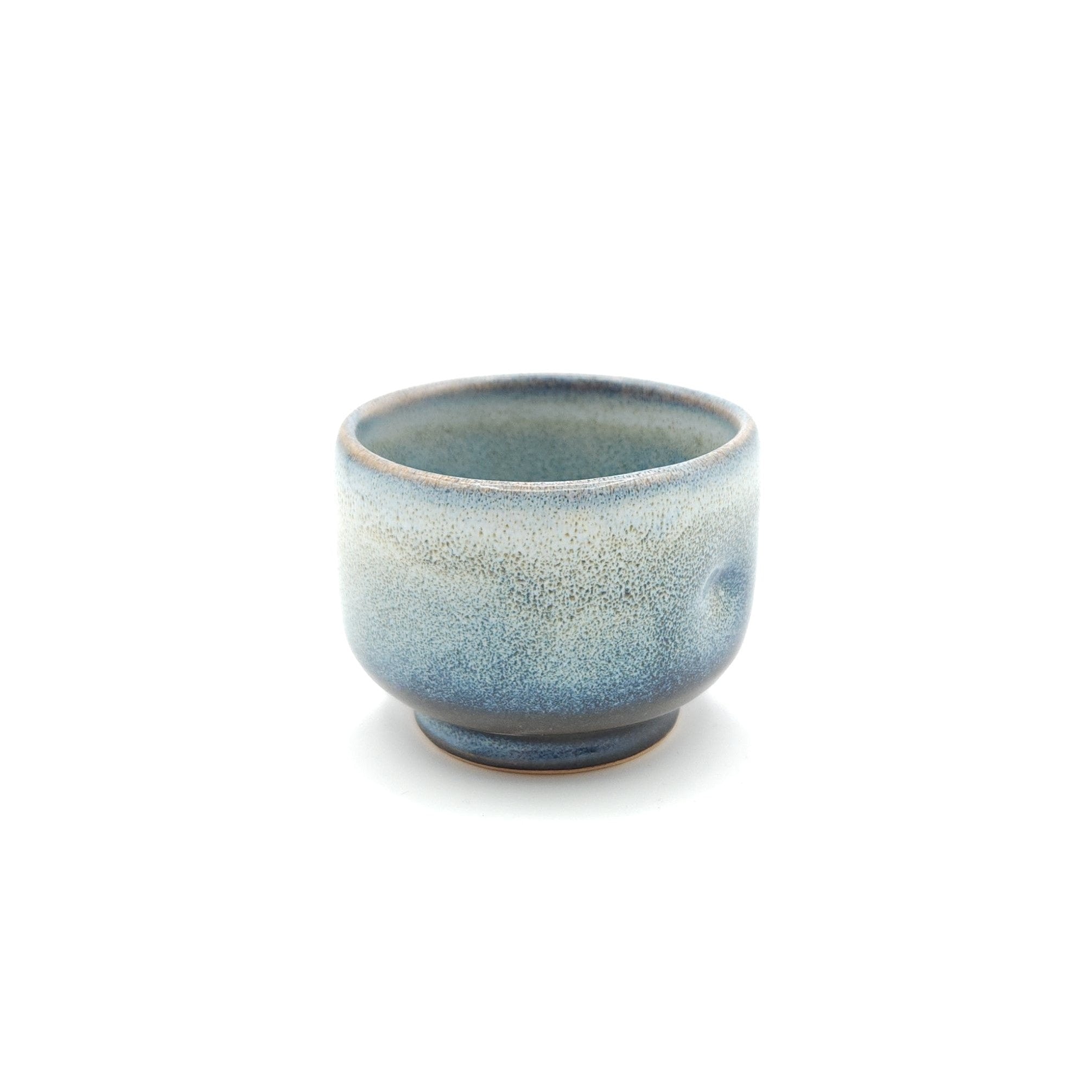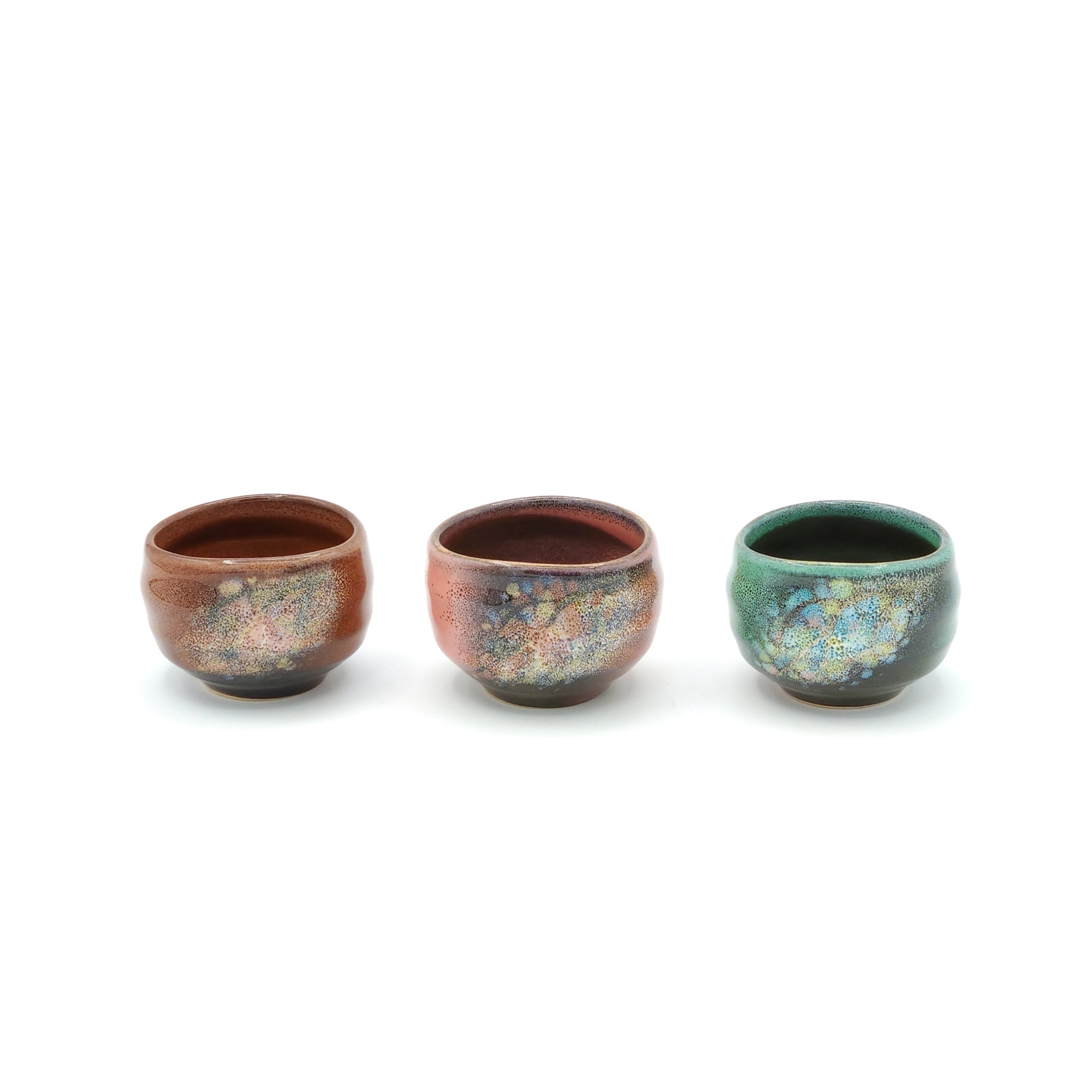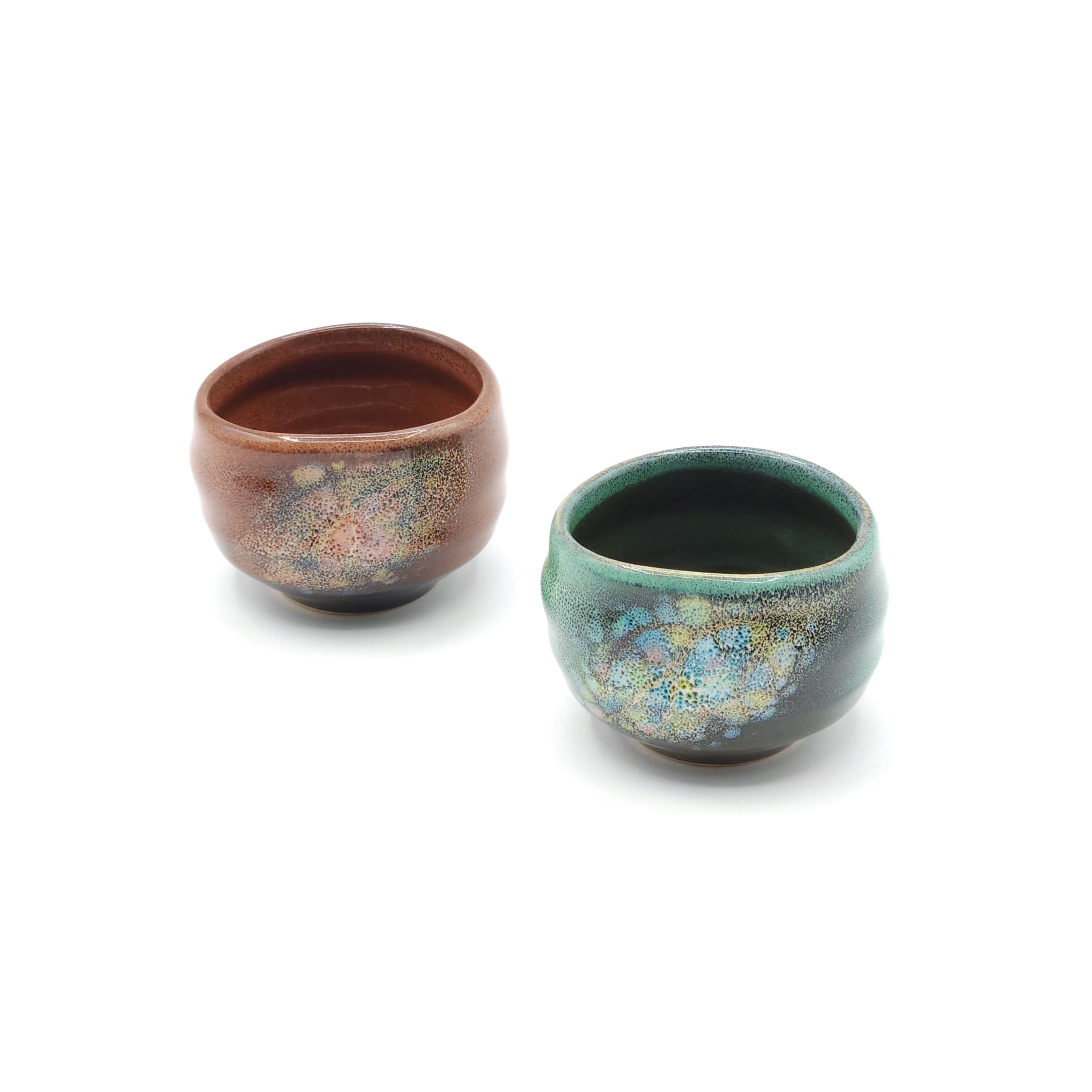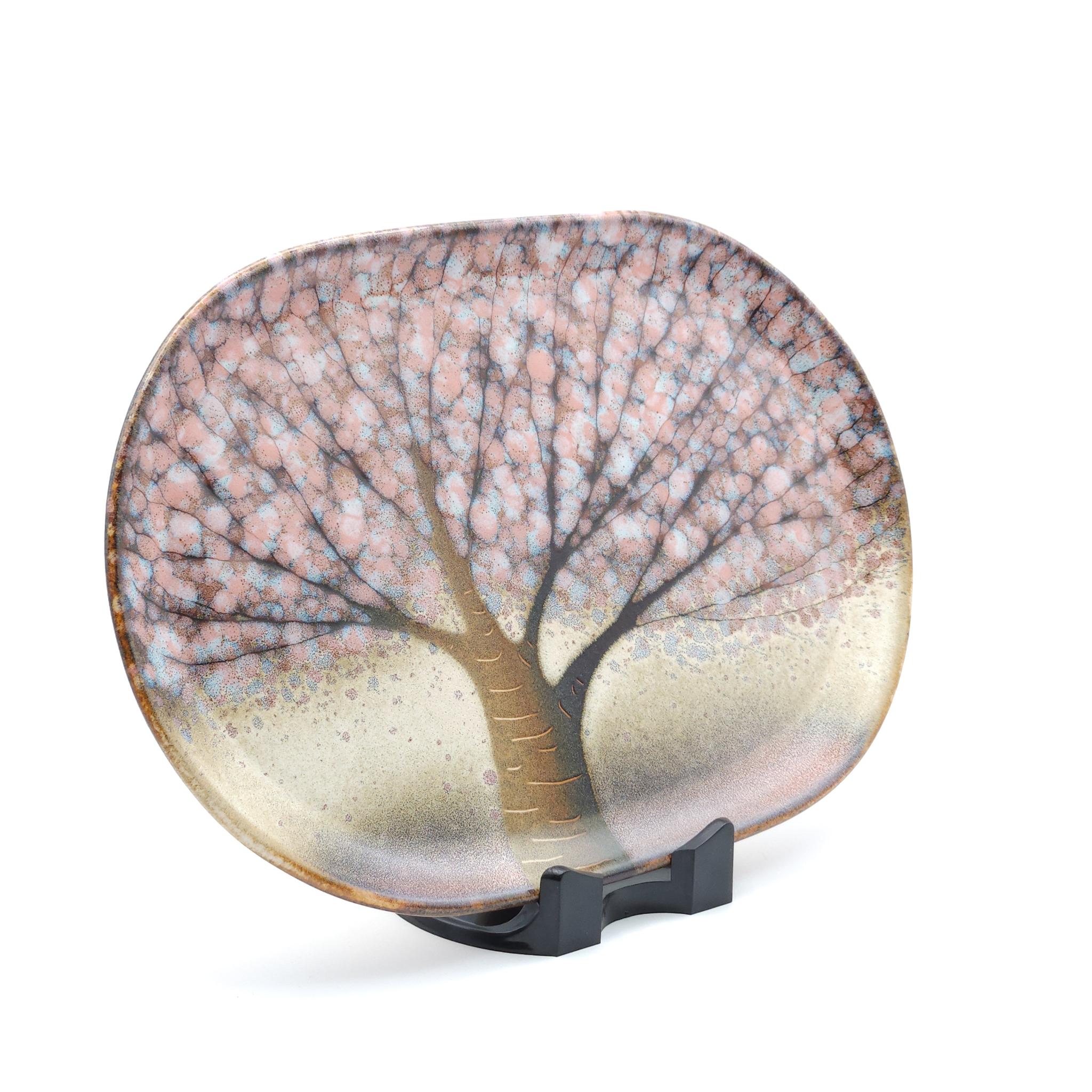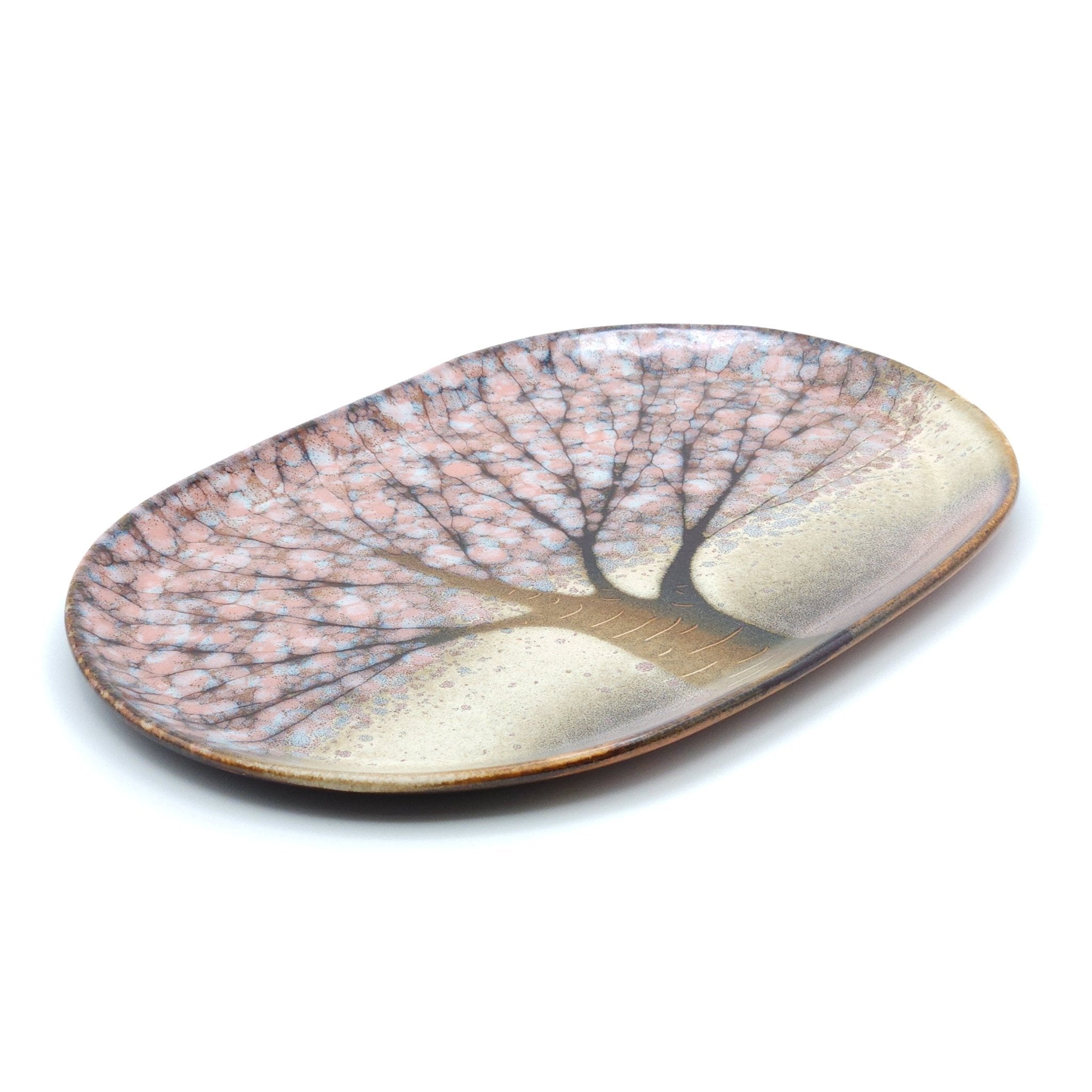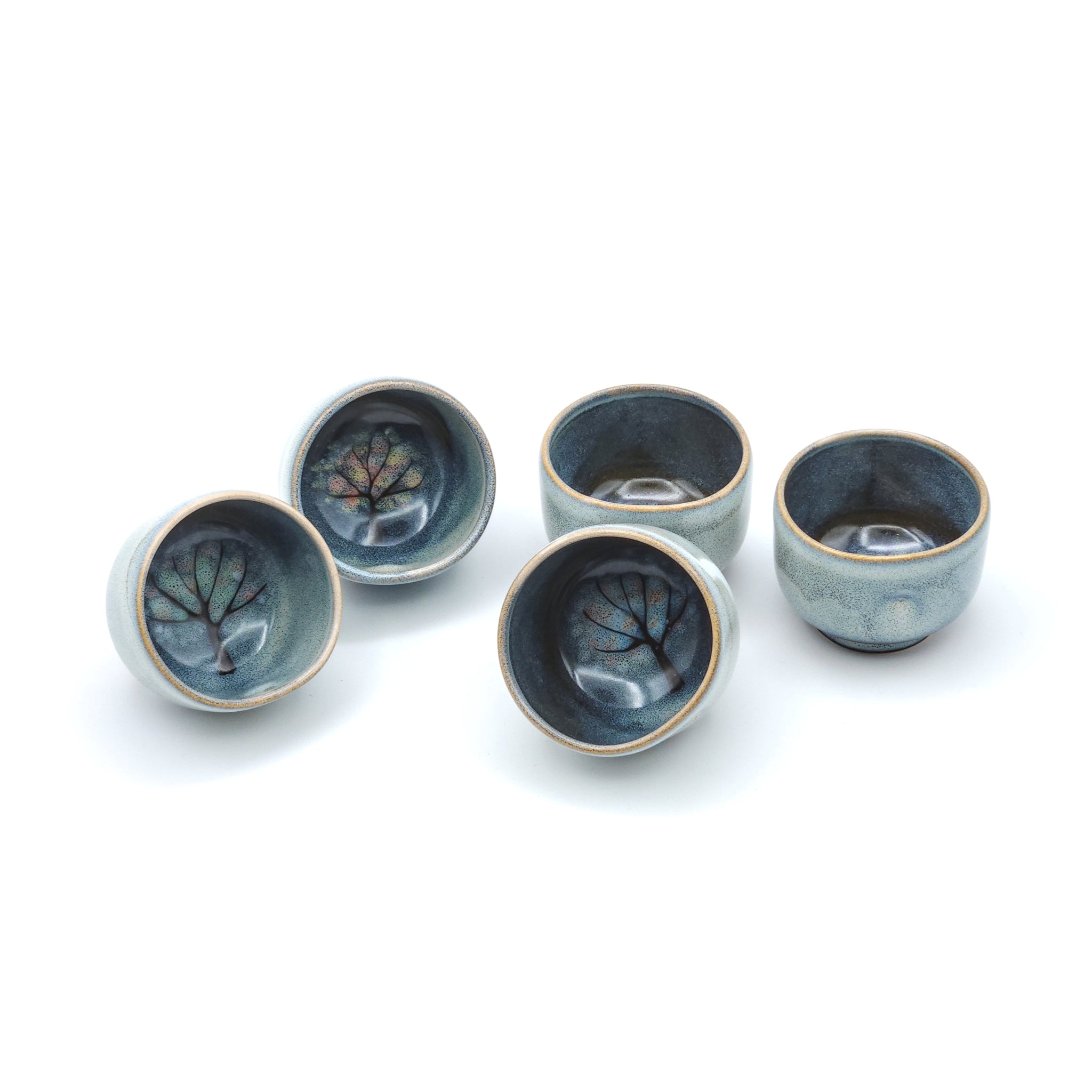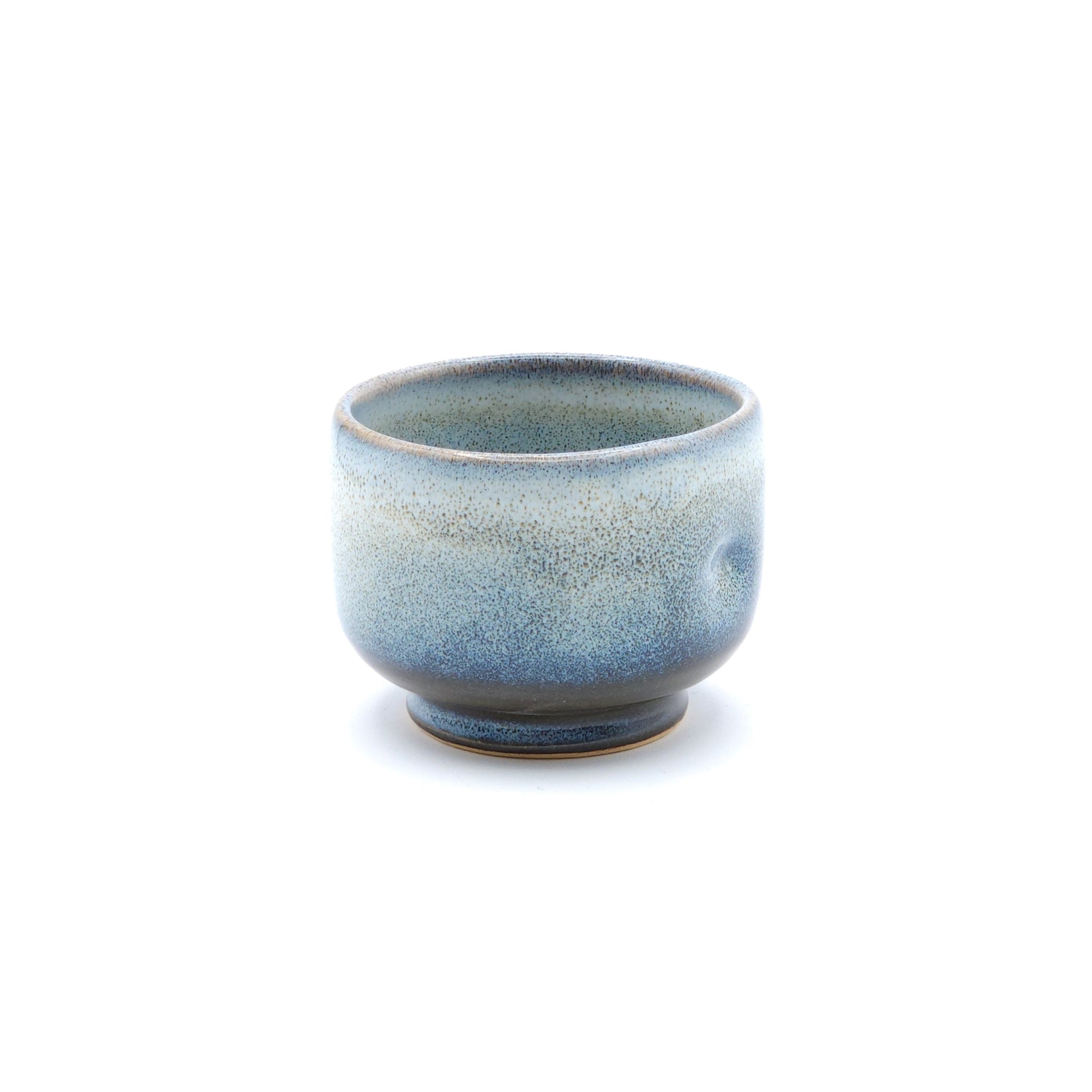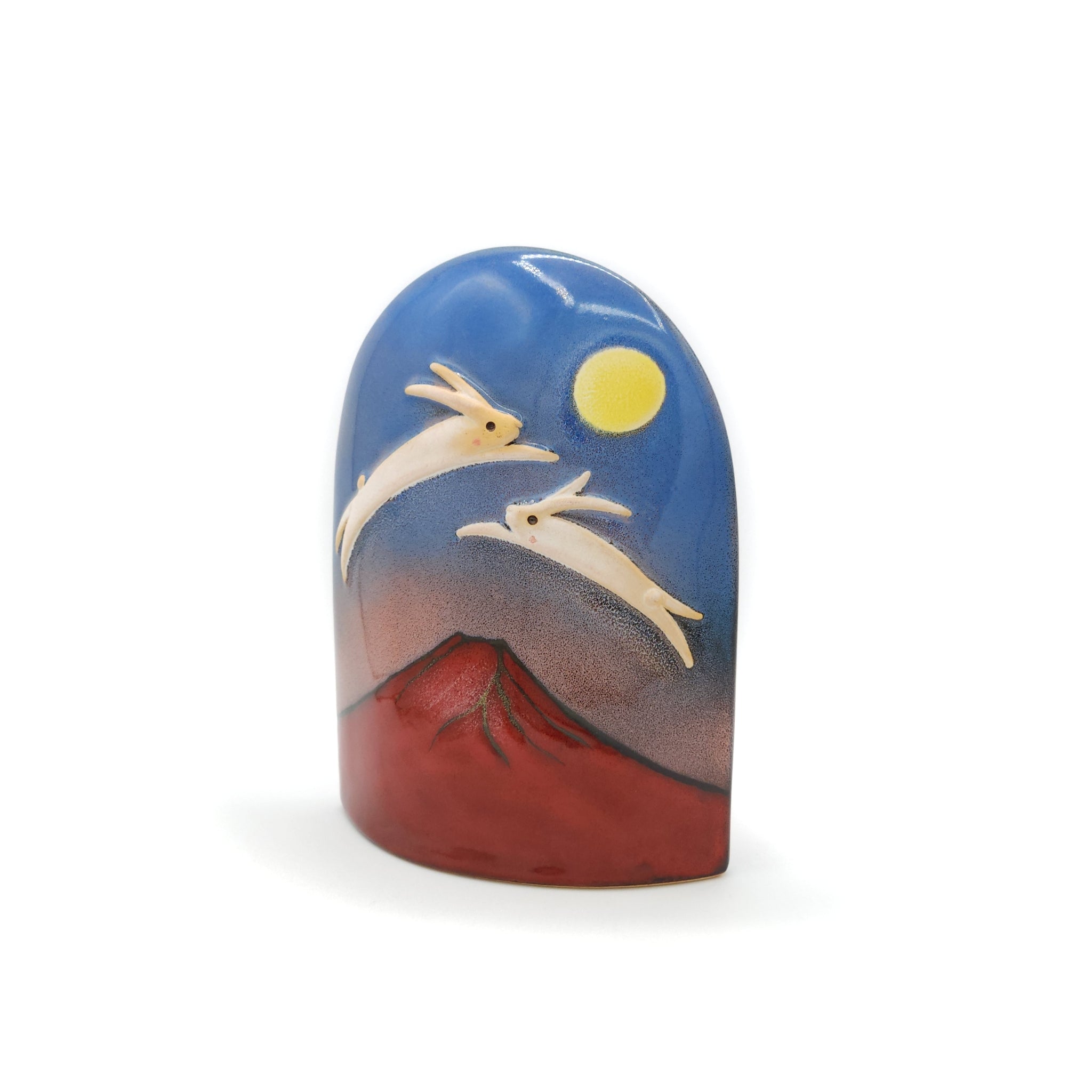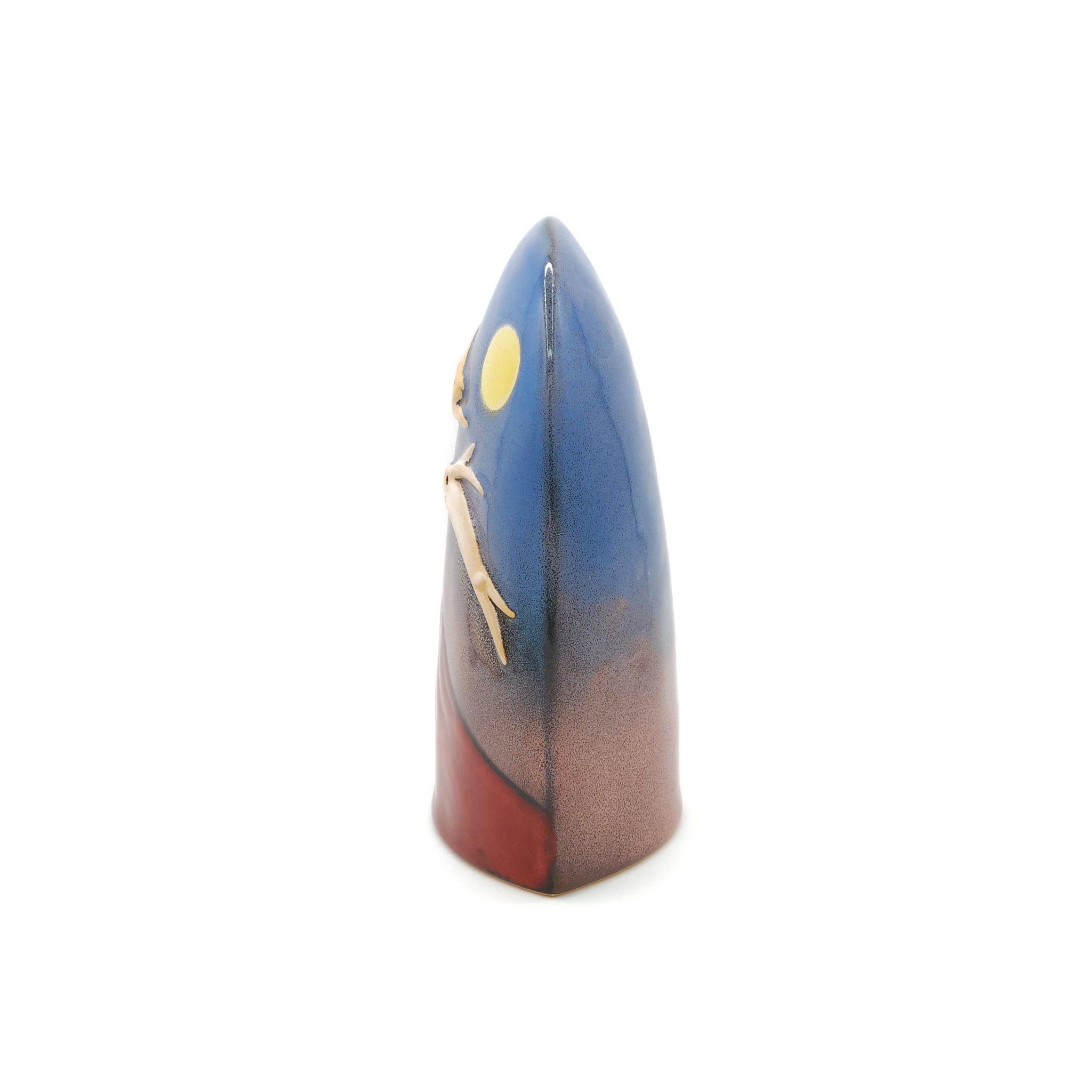Nunobiki pottery boasts a unique history, blending ancient tradition with modern innovation.
Nestled on the eastern shore of Lake Biwa, the region around Nunobiki Mountains thrived as a pottery producer during the Hakuho and Heian periods (710-1185 AD). Renowned for its beautiful green-glazed pottery, which drew inspiration from the creations of China's Tang Dynasty, this production sadly ceased for over a thousand years.
In the 1970s, a young potter named Taro Kojima embarked on a quest to revive this lost art form.
Captivated by the green-glazed pottery's beauty, Kojima tirelessly experimented to recreate it for the modern world. He developed a unique technique, achieving a deep, translucent glaze with rich colors that transformed within the kiln, creating captivating imagery.
This remarkable technique was called Nanasai Tenmoku (七彩天目).
A breathtaking coloring technique
The term translates to "Tenmoku of the seven colors," where Tenmoku denotes a type of ceramics characterized by a dark glaze with an oil-spot effect.
It is known for its vibrant colors that captured the essence of nature through stunning landscape paintings.
Nunobiki flourished once more, establishing a new era of artistic expression through the Nanasai Tenmoku method.
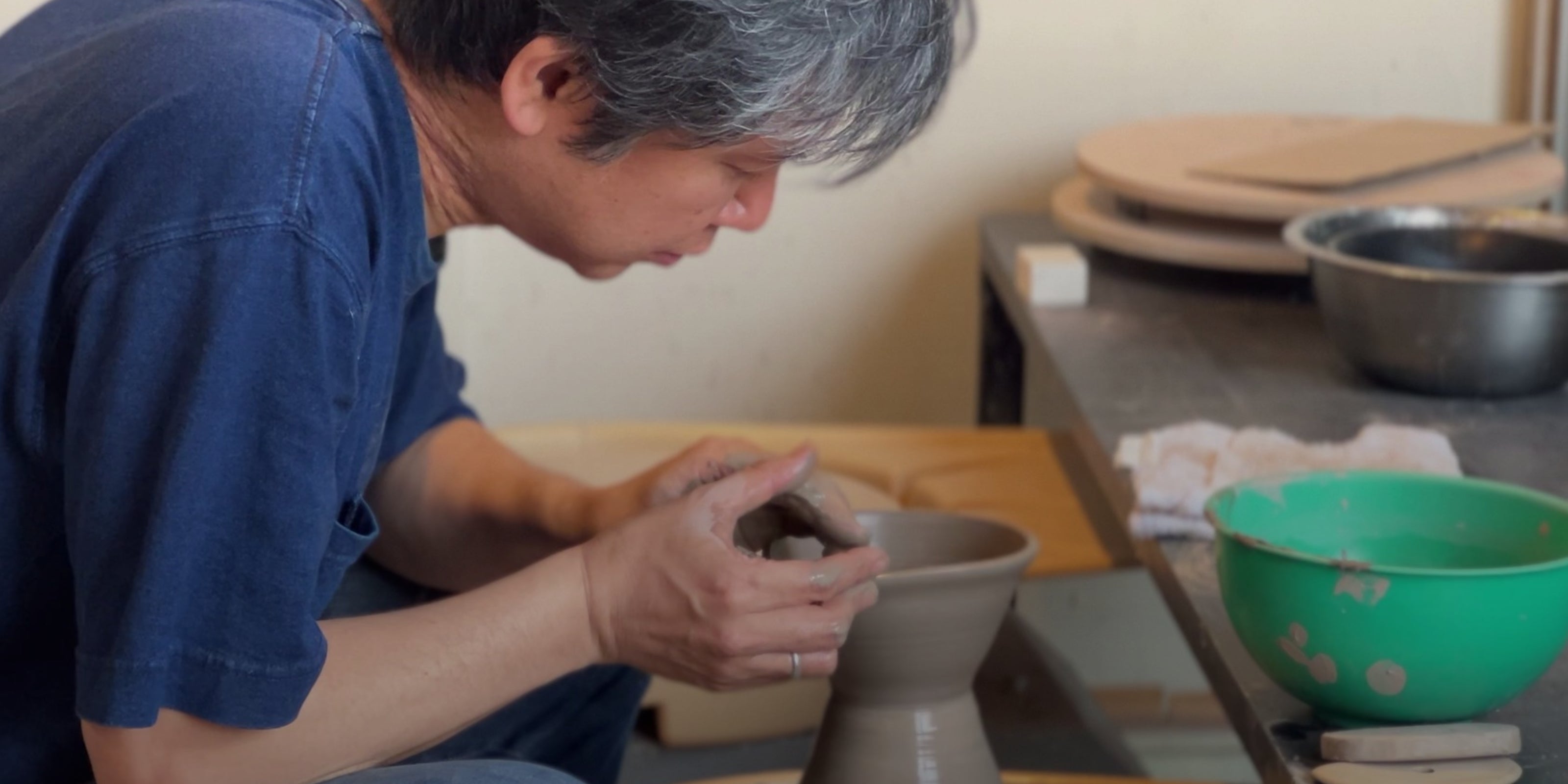
Inside Nunobiki Pottery
Interview to Kazuhiro Kojima
The Birth of the Fukuro Owl
The story of Nunobikiyaki is intricately intertwined with a special symbol - the Fukuro Owl.
When Kojima established his workshop in the early 1970s, a vast forest bordered the land. An owl, residing within this forest, seemed to keep a watchful eye over the workshop, as if a silent guardian. Inspired by this presence, Kojima crafted a ceramic owl, aptly named "Fukuro."
This name carries a delightful wordplay. In Japanese, "fukurou" (梟) translates to "owl," while "fukuro" written with different characters holds the meaning of "filled with good fortune" (福).
This charming owl became the official mascot of the kiln, symbolizing both watchful protection and auspicious blessings.
The Fukuro owl has remained a cherished symbol for Nunobikiyaki.
Over time, these owl-shaped figurines, ornaments and cups have become synonymous with the kiln, beloved not just by its patrons but also by the surrounding community.
In 2004, the town's 50th-anniversary celebration adopted the Fukuro owl as its official emblem, placing commemorative monuments featuring the owl at nine locations throughout the city.
Nunobikiyaki's story is a testament to the enduring power of tradition and the transformative spirit of artistic revival. With its roots in the past and its gaze fixed on the future, Nunobikiyaki continues to create beautiful pottery imbued with history, symbolism, and a touch of good fortune.
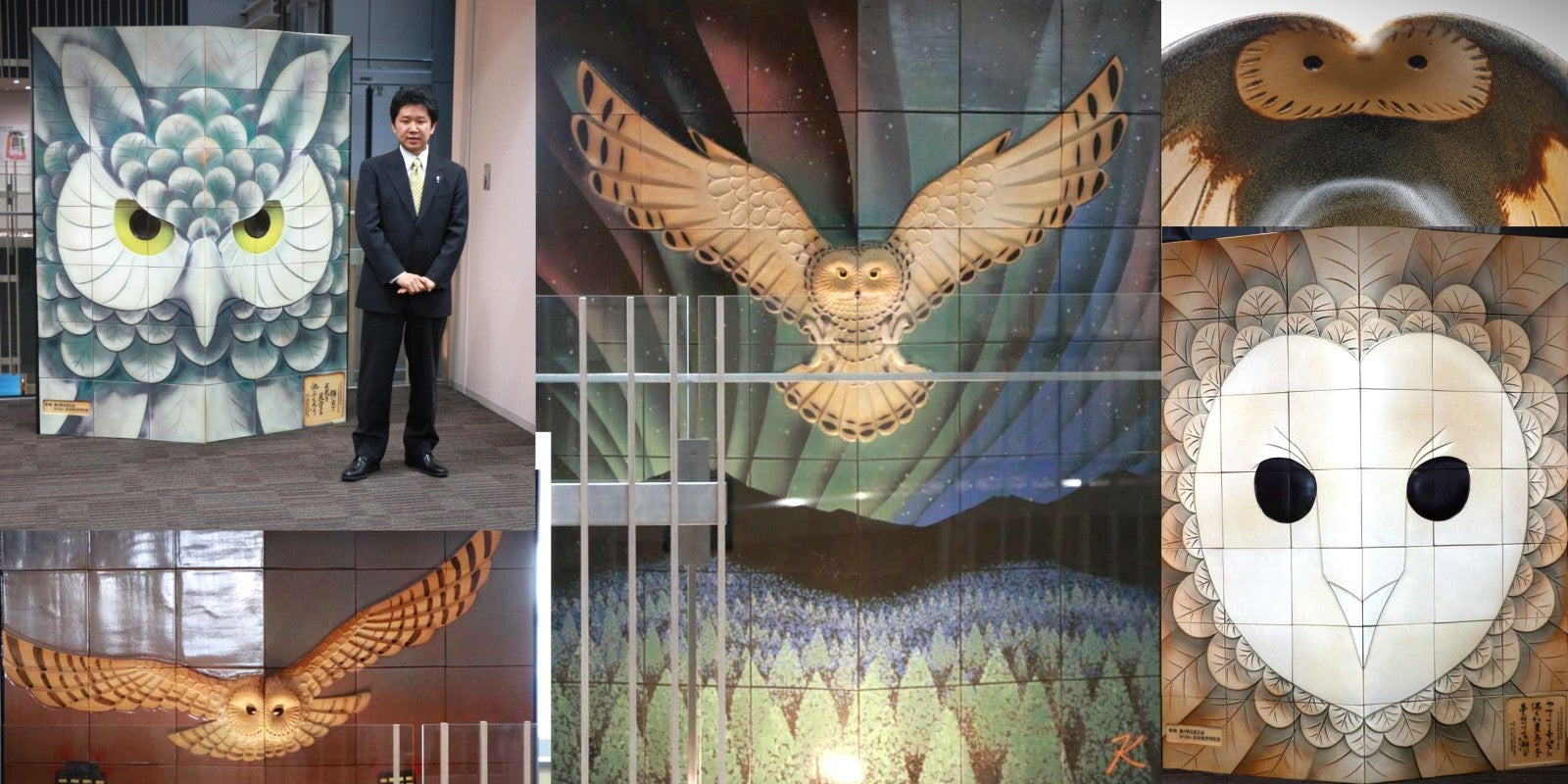
Tradition passed down from father to son
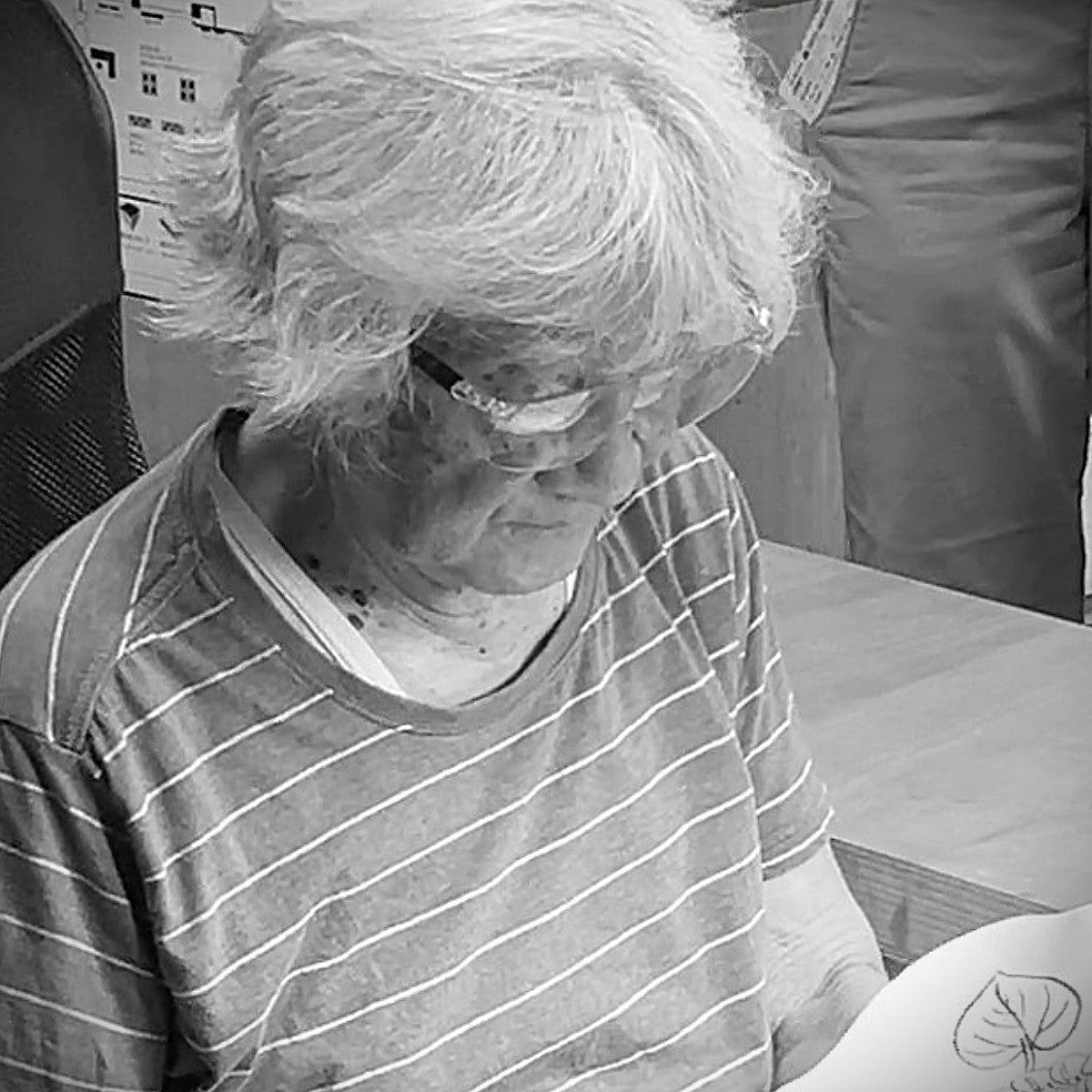
Taro Kojima (born 1940), a potter trained in Kyoto and Shigaraki, played a pivotal role in reviving the Nunobikiyaki tradition. After collaborating on the iconic "Face of the Past" relief at the 1970 Osaka World's Fair, Kojima established his kiln in Yokaichi City (now Higashi Omi City) in 1971. Here, he developed the unique Nanasai Tenmoku glaze, renowned for its soft, colorful imagery. Kojima's artistic vision extended beyond pottery, creating relief murals for buildings and exploring the use of Nanasai Tenmoku in everyday objects. His work has garnered international recognition through exhibitions in the US.
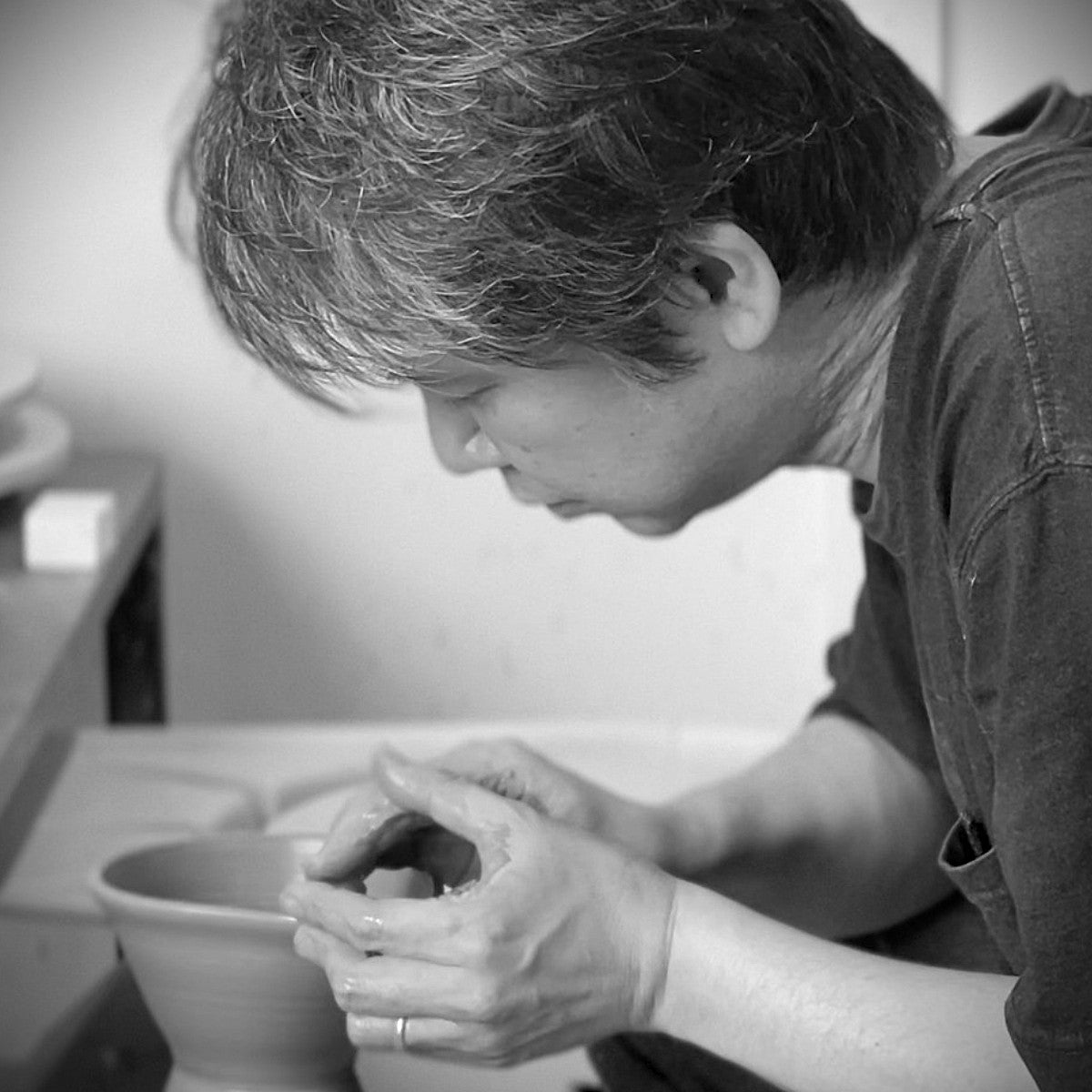
Kazuhiro Kojima (born 1972), Taro's son, continued the family legacy after graduating from art college. He honed his skills under his father's tutelage, working collaboratively to push the boundaries of Nunobikiyaki. Kazuhiro's signature motif is the owl, crafted using the Nanasai Tenmoku technique. His creations range from statues to small accessories, bringing a sense of tranquility to hospitals, public institutions, and even street corners. The heartwarming spirit of his work resonates with many.
